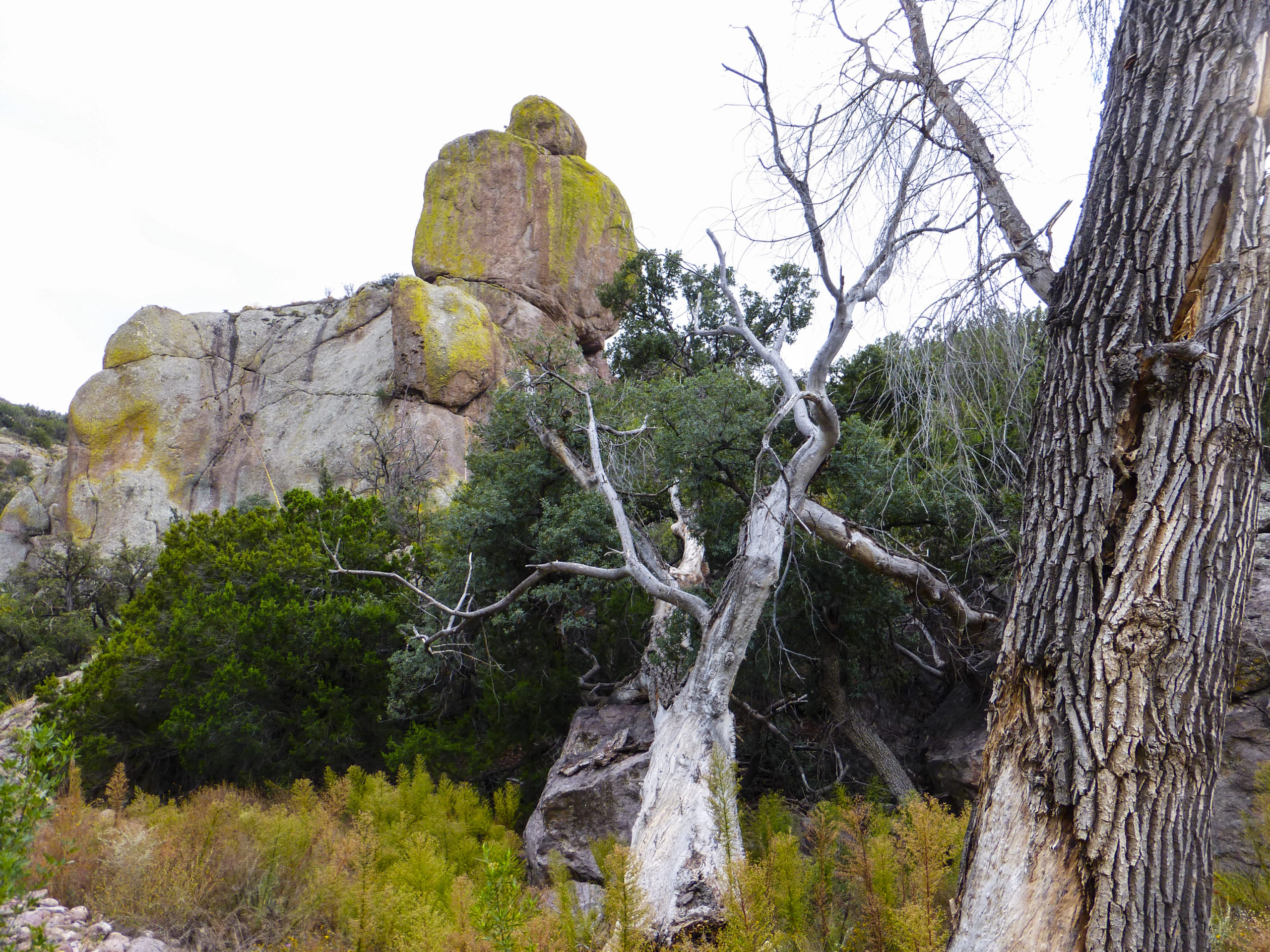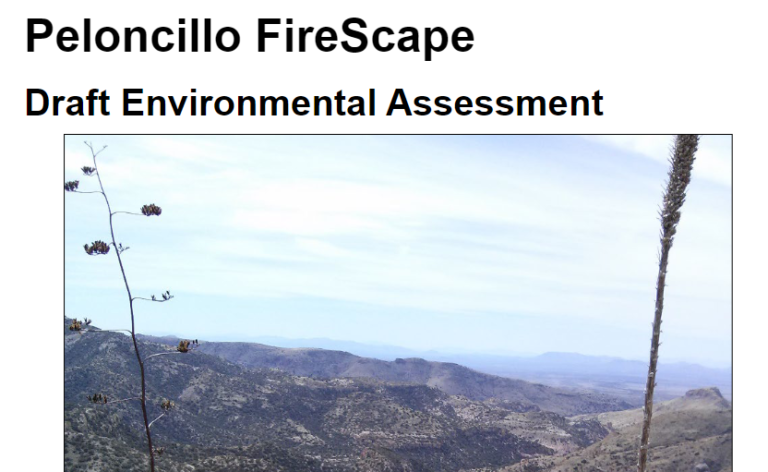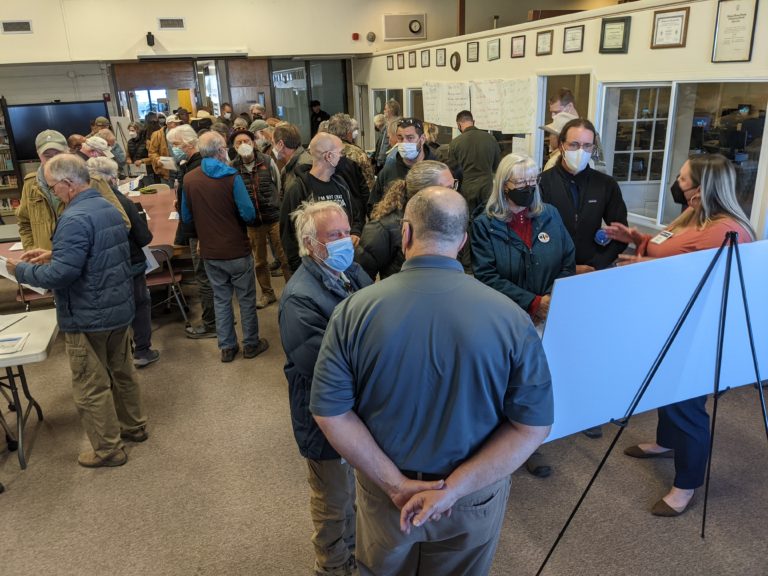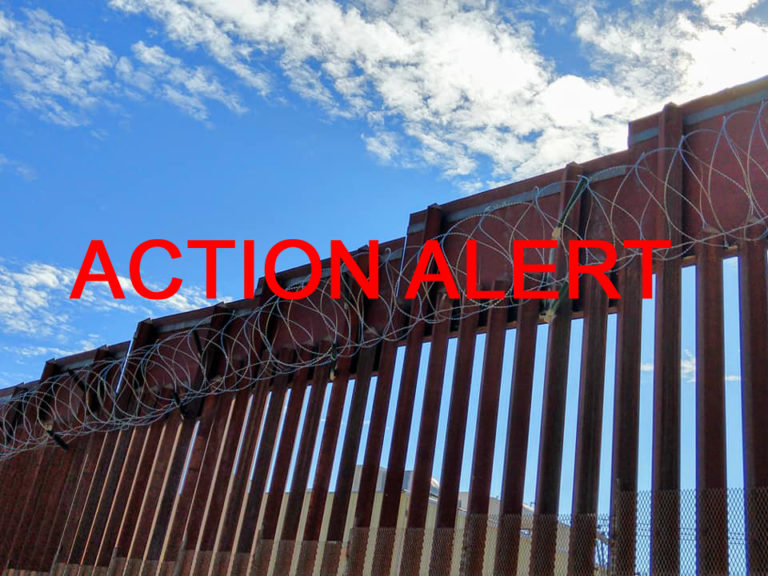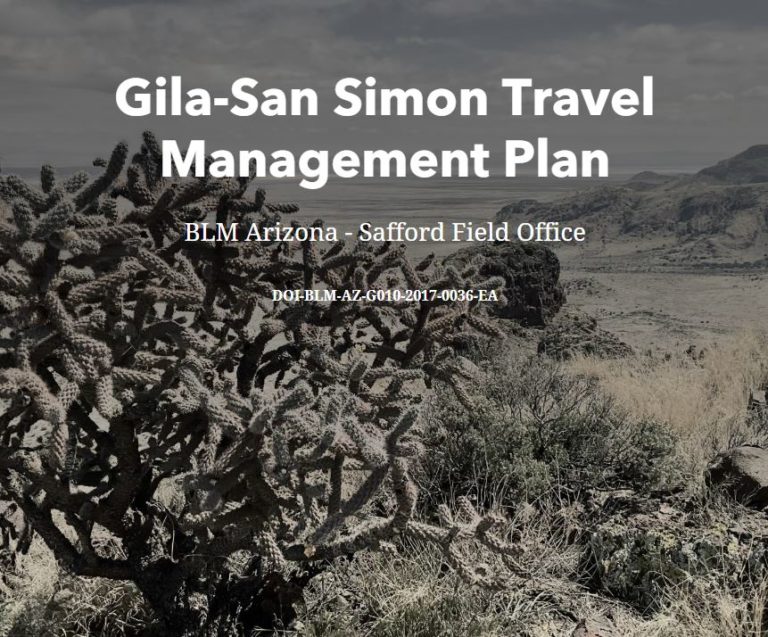Major Threat to Guadalupe Canyon
Border wall construction has begun in Guadalupe Canyon. The contractor has already begun to blast and bulldoze the canyon and adjacent uplands. We do still have a slim hope of halting construction there.
For orientation, this very rugged, remote canyon rises in the Peloncillo Mountains of New Mexico and cuts across the southeastern corner of Arizona, before meandering south into Mexico.
Please help! Your letters and phone calls to your representatives in Congress could make the difference.
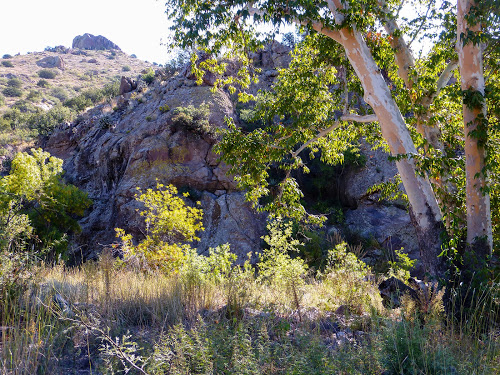
What we need, short-term:
Telephone and email Representative Ann Kirkpatrick and Senator Krysten Sinema, asking them to call for a set-aside for the entire canyon area, and to issue an immediate cease-and-desist order to halt construction in the canyon. They need to prevail upon Secretaries Mark Esper of the Department of Defense and Chad Wolf of the Department of Homeland Security to take these actions. Contact information for those Arizona representatives is given at the bottom of this post.
Please put your letters into your own words, and send them to your Senators, Representatives, and other parties who might be able to help halt the destruction. Use whatever points you wish to stress, and add your own experiences in the canyon and expertise.
Why wall construction SHOULD NOT PROCEED:
The natural values of Guadalupe Canyon:
- Stronghold for rare southwestern species, including Montezuma Quail (photo), Gould’s Wild Turkey, Violet-crowned Hummingbird, Gray Hawk, Thick-billed Kingbird, Northern Beardless-Tyrannulet, Gray Vireo, Black-capped Gnatcatcher, Rufous-winged Sparrow, Varied Bunting, Gila Monster, Regal Horned Lizard, Green Rat Snake, Mountain Lion, Coatimundi
- USFWS-designated Jaguar Critical Habitat.
- Continent-level importance as wildlife corridor between Sierra Madre Occidental and Rocky Mountains
- Provides essential water for wildlife and ancient riparian habitat
- High-priority status from US Forest Service and the Bureau of Land Management
- Important Bird Area status from National Audubon Society
- Conservation award from The Nature Conservancy
- Currently benefits from excellent land management
Border security:
- Security already achieved by a combination of Normandy barricades and remote surveillance
- Any needed additional security can be accomplished through new surveillance towers without any road infrastructure or wall
Cost of the wall:
- Initial cost: $111.7 million per mile, for a total of $524 million for a 4-7-mile stretch of wall
- Maintenance extremely difficult; will require ongoing annual funding
- Flash floods will destroy access roads and create dams at walls, causing erosion
Negative impact on future economic viability:
- Reduction of forage base undermines traditional ranching livelihood
- Surface water reduced by cone of depression created by new wells
Impact on the private landowners:
- Damage to the local ranch’s only possible access road
- Damage to the ranch’s BLM grazing allotments from several miles of new switch-back roads
What will the destruction entail?
- Multiple new, broad roads in the adjacent uplands
- Destruction of downslope habitat by cascading demolition debris
- New wells to enable construction, which will impact surface flow, deprive tree roots and wildlife of water essential to their survival
- Devastating damage to canyon walls
Gaps will remain!
Fully completing the wall probably not even possible due to rugged terrain
Current status of the construction of the border wall:
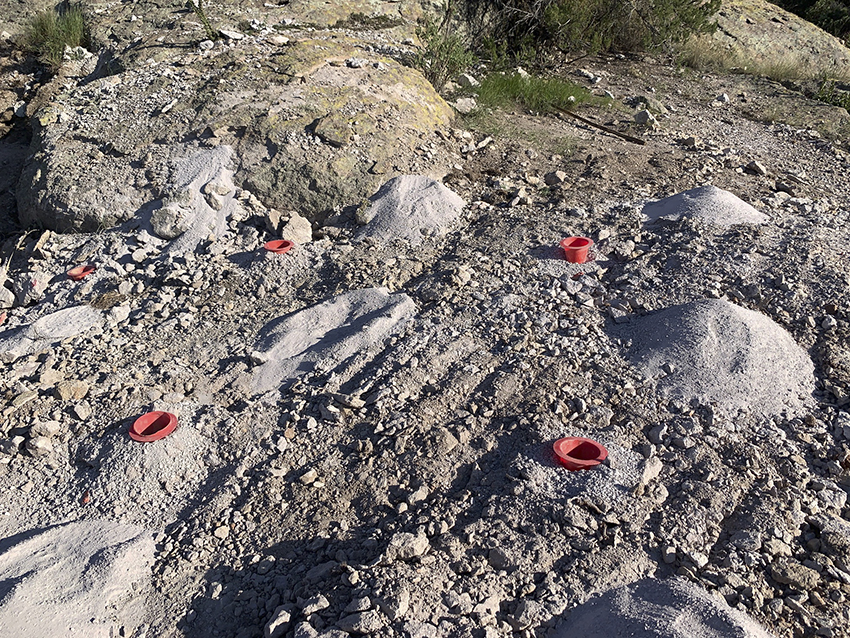
What we need, long-term:
Section 102 of the Real ID Act, passed during the Bush Administration, allows the waiver of all protective laws along the border to achieve Homeland Security objectives. To achieve a long-term solution, we must amend that law so that it is no longer possible to circumvent our protective laws, some of which were passed as long ago as the 1800s.
These laws have been waived to build the border wall in Arizona:
- The National Environmental Policy Act
- The Endangered Species Act
- The Federal Water Pollution Control (Clean Water) Act
- The National Historic Preservation Act
- The Migratory Bird Treaty Act
- The Migratory Bird Conservation Act
- The Clean Air Act
- The Archeological Resources Protection Act
- The Paleontological Resources Preservation Act
- The Federal Cave Resources Protection Act of 1988
- The Safe Drinking Water Act
- The Noise Control Act
- The Solid Waste Disposal Act
- The Comprehensive Environmental Response, Compensation and Liability Act
- The Archaeological and Historic Preservation Act
- The Antiquities Act
- The Historic Sites, Buildings and Antiquities Act
- The Wild and Scenic Rivers Act
- The Farmland Protection Policy Act
- The Federal Land Policy and Management Act
- The Wilderness Act
- The National Wildlife Refuge System Administration Act
- The National Fish and Wildlife Act of 1956
- The Fish and Wildlife Coordination Act
- The National Trails System Act
- The Administrative Procedure Act
- The Wild Horse and Burro Act
- The Rivers and Harbors Act of 1899
- The National Park Service Organic Act
- The National Park Service General Authorities Act
- Sections 401(7), 403 and 404 or the National Parks and Recreation Act of 1978
- Sections 301 (a)-(f) of the Arizona Desert Wilderness Act
- Arizona-Idaho Conservation Act of 1988
- The National Forest Management Act of 1976
- The Multiple-Use and Sustained-Yield Act of 1960
- The Eagle Protection Act
- The Native American Graves Protection and Repatriation Act
- The American Indian Religious Freedom Act
- 43 U.S.C. 387, part of the Reclamation Project Act of 1939
- 50 Stat. 1827, presidential proclamation for Organ Pipe Cactus National Monument
- 16 U.S.C. 450y, presidential proclamation for Coronado National Monument
- 67 Stat. c18, establishment of Coronado National Monument
Here are Senator Sinema’s and Representative Kirkpatrick’s contact information; their jurisdictions include Guadalupe Canyon. (We don’t expect any help from Senator McSally.)
You may, of course, contact your own representatives if you live outside Arizona; they may also be willing to support the set-aside and cease-and-desist order in the short-term, and we will need everyone’s help to amend the Real ID Act.
The Honorable Kyrsten Sinema
317 Hart Senate Office Building
Washington, DC 20510
(202) 224-4521 (Washington)
(602) 598-7327 (Phoenix)
(520) 639-7080 (Tucson)
http://www.sinema.senate.gov
The Honorable Ann Kirkpatrick
US House of Representatives
309 Cannon House Office Building
Washington, DC 20515
(202) 225-2542 (Washington)
(520) 459-3115 (Sierra Vista)
(520) 881-3588 (Tucson)
https://kirkpatrick.house.gov

